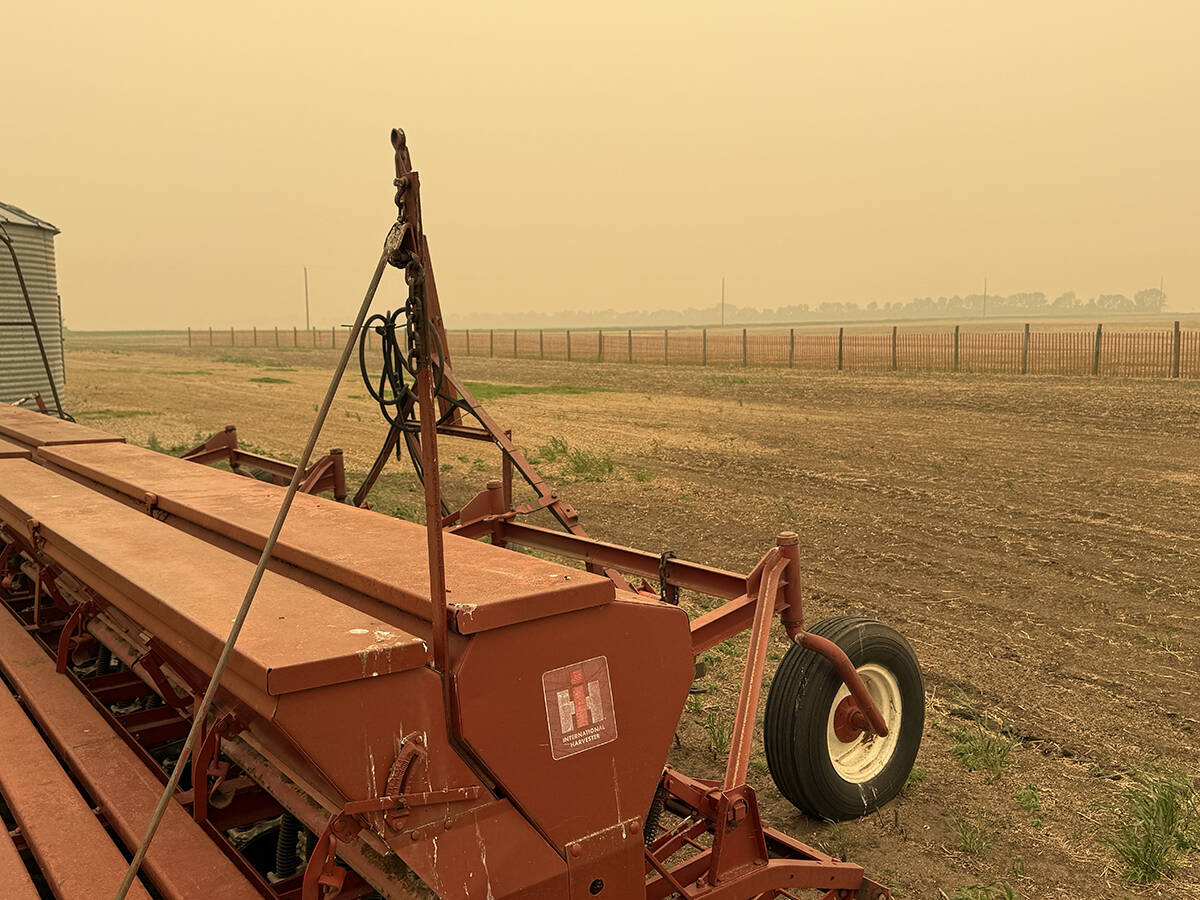A Calgary investment company that operates a unique farmland investment fund has added two high-profile international financial figures to its advisory board.
Agcapita Partners Ltd., which runs the Agcapita Farmland Investment Partnership, has recently named U.S.-based investment guru Jim Rogers and former British chancellor of the exchequer Sir Kenneth Clarke to the six-member board.
Agcapita spokesperson Stephen Johnston said the willingness of two such renowned financial experts to join the board reflects the growing interest in prairie farmland as an investment vehicle.
“You have two accomplished macro thinkers from different backgrounds … both agreeing on the western Canadian farmland investment story,” he said.
Read Also

Wildfires have unexpected upside this year
One farmer feels smoke from nearby wildfires shrouded the July skies and protected his crop from the sun’s burning rays, resulting in more seeds per pod and more pods per plant.
The Agcapita fund is the only RRSP-eligible farmland fund in Canada.
It is also eligible for other registered funds including the Registered Education Saving Plan, Registered Retirement Income Fund and Locked-In Retirement Accounts, as well as cash investment. Minimum investment is $10,000.
The company uses the fund to buy farmland in Saskatchewan and hold it for five years, during which it is rented to farmers for production. After five years the land is sold for a capital gain for the investor, if land values have risen.
Investors also receive revenue during the five years from cash rent, sales of carbon credits or possible sale of the land before five years, in which case the proceeds have to be reinvested.
Agcapita has 12,000 acres under contract and is looking to make offers on another 25,000 acres. The first fund is being closed off with about $18 million in investable capital.
So far, all the land under contract is in Saskatchewan. That’s not a policy, it’s simply a reflection of the market.
“We have field personnel in Manitoba and Alberta and they show us potential deals on a regular basis, but once you start to do the fundamental analysis, Saskatchewan land is really compelling,” he said.
Farmland is much cheaper in Saskatchewan than in Alberta, averaging around $450 an acre compared to $1,100 an acre. Johnston expects that gap to disappear over the next 10 years.
“There is no fundamental reason for that difference,” he said, adding that before the late 1980s, farmland in the two provinces was priced the same.
Johnston said the idea of investing in farmland has taken on great appeal, given events of the past few months.
It’s a good hedge against inflation, demand is likely to remain steady and it provides more stability than volatile markets like stocks and equities, he said.
At a recent conference of investment bankers in Toronto, Rogers offered the following advice: “Sell your houses, move to Saskatchewan, buy a tractor and some farmland and start farming.”
Roy Hjelte, senior appraiser with Farm Credit Canada in Regina, said that while there are a number of non-agricultural companies and individuals investing in Saskatchewan farmland, he didn’t know how much land is involved or what impact it’s having on land values in the province.
“Saskatchewan farmland is seen to be undervalued, relative to the other western provinces,” he said.
However, data gathered by FCC indicates that is beginning to change.
During the six months ending July 31, 2008, the value of Saskatchewan farmland increased by 5.6 percent, following a 7.8 percent increase in the previous six months. Over the past 18 months, the increase has been 18 percent.
In Alberta, farmland values increased by 6.7 percent in the past six months, and by 25 percent in the past 18 months. In Manitoba, the numbers were 6.2 percent and 16 percent.
The FCC report said the increase in Saskatchewan is because of increased commodity prices, local expansion, out-of province buyers and investors and a generally buoyant provincial economy.
In Alberta, the same held true, along with speculative land buying around urban centres, commercial development between Calgary and Edmonton and expanding irrigation.
In Manitoba, increases were greatest in areas devoted to special crops, corn and beans.














